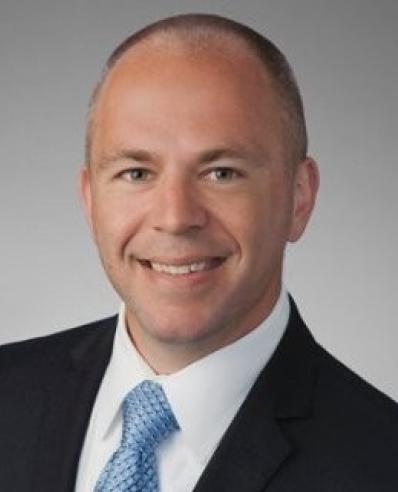Power utilities trying to gauge what the future regulatory landscape will look like are likely getting frustrated with the political cacophony in Washington. Yet judging by legislative activities in Congress and some of President Trump’s executive orders to date, pro-growth and job-creation policies are clearly top-of-mind among the nation’s lawmakers. For organizations that have been putting off capital programs to expand or upgrade facilities and infrastructure, the business-friendly tone could signal a chance to launch these deferred capital investment programs.
As we pointed out in our Flash Report on the new administration’s first 100 days, Trump reversed a handful of Obama administration memoranda, reports and executive orders that were largely considered by the industry to be red tape bogging down capital investment. Among other actions, Trump eliminated multiple policies that built climate change considerations into federal decision-making and ended White House guidance on energy, infrastructure and other proposed projects. Additionally, in mid-May the Senate Committee on Homeland Security and Government Affairs advanced several bills aimed at regulatory reform that could affect utilities. One of these bills, the Senate version of the Regulatory Accountability Act, would require agencies to develop new regulations in the most cost-effective way possible and has the broad support of power, utility and other industrial organizations.
It is still too early to predict how much of Trump’s proposed agenda will ultimately end up as policy, but clearly the need for new and continued investment in the power and gas sectors is not diminishing. According to the American Society of Civil Engineers (ASCE), which this year gave U.S. energy infrastructure a D+, most of this country’s electric transmission and distribution lines date to the 1950s and 1960s, have a 50-year life expectancy, and were not designed to meet today’s energy demands. ASCE also anticipates a $177 billion funding shortfall for generation facilities and infrastructure through 2025.
Meanwhile, increasing the mix of power generation sources to include wind, solar, geothermal and hydrothermal alternatives, along with a retirement of coal-fired plants in favor of natural gas-fueled facilities, requires expansion investment to ensure the transmission grid’s reliability. As we mentioned in our 100 days Flash Report, Trump policies may ultimately relax federal emphasis on renewable energy sources like wind and solar, but that won’t curtail state mandates for more alternative generation or the progress that utilities are making in that area. A case in point is a 2015 California law requiring utilities to procure 50 percent of their energy from renewable sources by 2030, an increase from an earlier target of 33 percent.
Similarly, while the Trump administration has loosened coal regulations to make the commodity more competitive, the U.S. Energy Information Administration reported in January that the electricity industry was planning to increase natural gas-fired generating capacity by more than 35 gigawatts through 2018. Successful completion of the expansion surge would mark the largest net addition in natural gas generating capacity since 2005 and follows five years of net reductions in coal-fired generating capacity.
Protiviti’s perspective — proceed with caution
Though excitement may be building as a result of the new winds in Washington, organizations pursuing plant or infrastructure capital improvements need to keep in mind the pitfalls and risks that could derail the projects. Power and gas industries are still heavily regulated, and environmental constraints still exert influence on right-of-way, for example. To avoid risks, utilities need insightful and skillful management over planning and execution, including oversight of contract compliance, utilization of efficient and well controlled processes, and project risk assessments, among other services.
If your organization is planning or embarking upon a large capital expenditure to expand or upgrade its plant or infrastructure, here are some questions to ask before proceeding:
- Will existing management processes provide sufficient visibility into decisions that impact project costs?
- How are project risks identified, communicated and mitigated throughout the project lifecycle?
- Are current resources capable of managing the project’s complexity?
- Is the team of engineers, procurement staff, construction managers, trade contractors and material suppliers familiar with and comfortable working in a regulated environment?
- Is the organization prepared to vigorously defend project costs during review by regulators, intervenor groups, and the public?
Some companies may be willing to wait and watch until the uncertainty over the implementation of Trump’s agenda begins to clear. Wall Street is certainly cautious and jitters in the market have given some investors pause. Nevertheless, lawmakers largely appear to be concentrating on economic policies intended to create and promote growth. Given the shape and age of the transmission grid along with the continuing transformation of power generating sources, the time is certainly ripe for a conversation about capital investment projects that position utilities for future growth while bolstering grid reliability.




